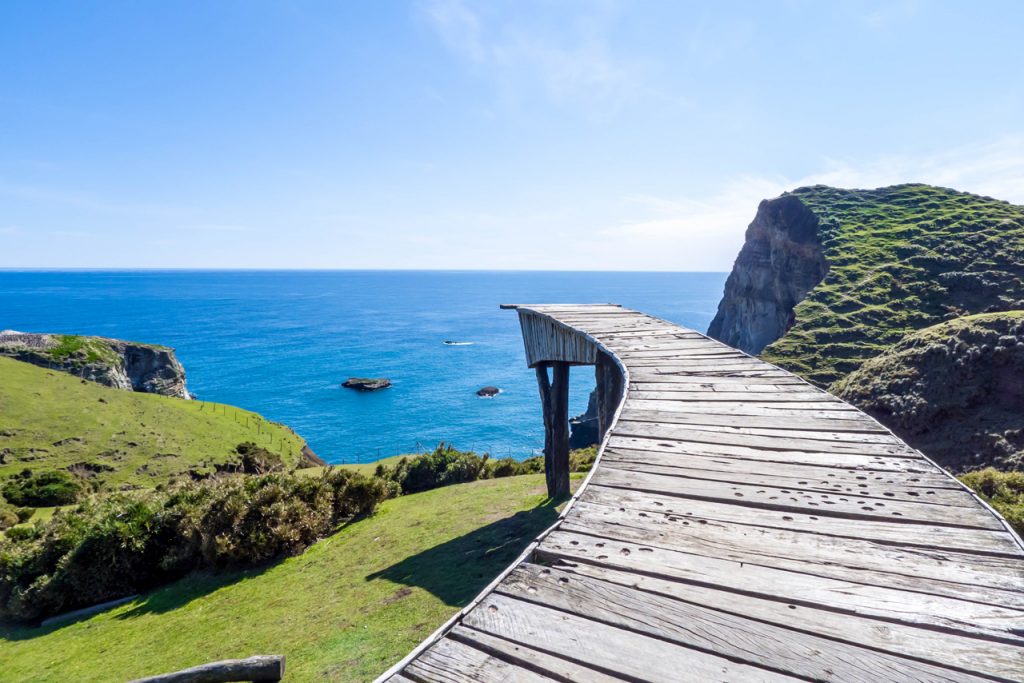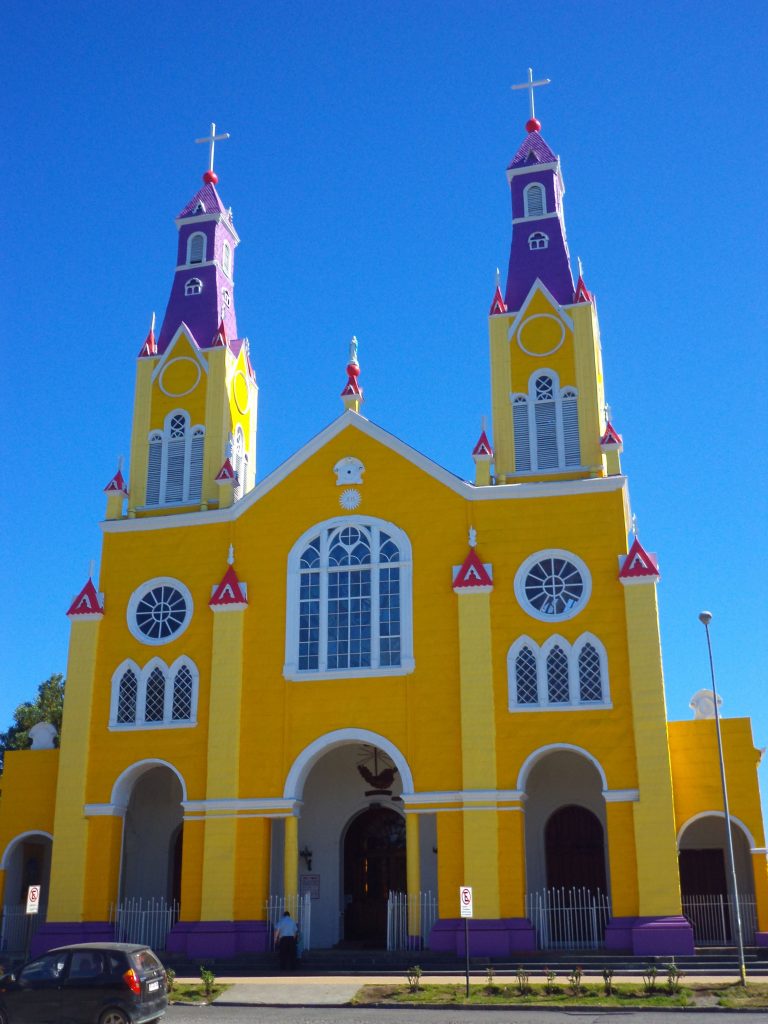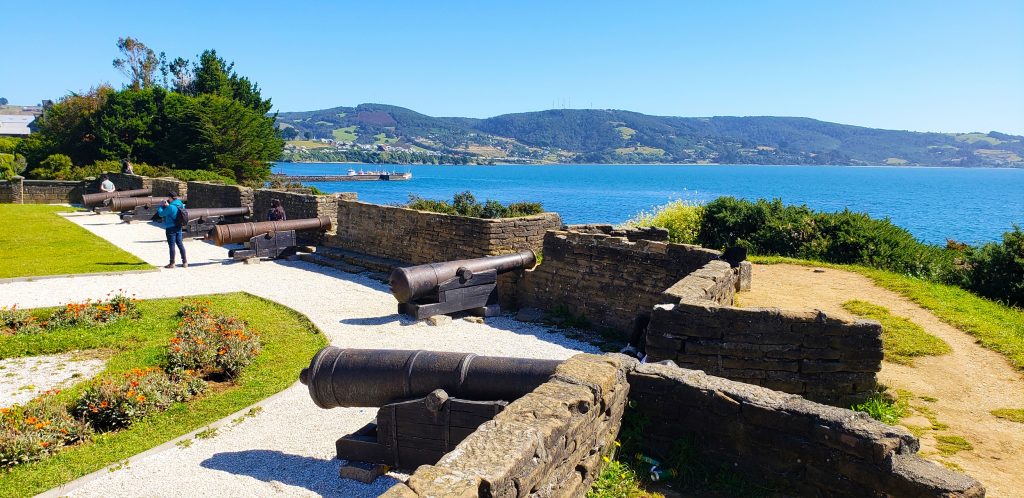Lugare que no puede dejar de visitar

Muelle de las almas Cucao
El Muelle de las Almas, se encuentra al oeste de la Isla Grande Chiloé, en el sur de Chile. Es un lugar mágico en donde según cuenta la leyenda se escuchan los lamentos y súplicas de las almas en pena que esperan al balsero Tempilkahue para que las lleve al descanso Eterno.

Iglesia de San Francisco (Castro)
La iglesia San Francisco, ubicada a un lado de la plaza de Armas de Castro, Chile, es el principal templo católico de la capital de la Provincia de Chiloé. Posee una superficie de 1404 m2, un ancho de 25 m, una longitud de 52 m una altitud de 16 m al cielo de la bóveda central, además, cuenta con una cúpula sobre el presbiterio de 32 m y la altitud de sus torres es de 42 m. Es conocida también como «Iglesia Apóstol Santiago» y de forma errónea, como la «Catedral«, que en realidad se encuentra en Ancud, cabecera de la diócesis homónima, en cambio este templo es cabecera de una de las veinticuatro parroquias que componen esta diócesis.1 Se encuentra bajo la advocación de san Francisco de Asís, de ahí su nombre.2
Este templo fue declarado Monumento Histórico Nacional en 1979 y Patrimonio de la Humanidad ante la Unesco el 30 de noviembre de 2000.
La construcción en los años 2010 del Mall Paseo Chiloé generó un impacto negativo en la iglesia, afectando su «valor universal excepcional». En un informe en 2014, la Unesco declaró que si dicho centro comercial no disminuía su altura y su masa, en junio de 2015 la iglesia habría de ingresar en la Lista de Patrimonio Mundial en Peligro.

Fuerte san antonio
Desde el año 1767, cuando Chiloé pasa a depender directamente del Virreinato del Perú, se inicia la construcción de una serie de fortificaciones con el objetivo de proteger el borde costero de la amenaza de piratas y de otras potencias extranjeras. Es en este contexto que se funda el Fuerte de San Carlos, núcleo de la futura ciudad de Ancud, y las baterías marítimas de Poquillihue, El Muelle (o El Carmen), Campo Santo y Tecque. Esta última batería sería encargada por Manuel de Zorrilla y construida en la Punta de Tecque entre 1770 y 1780, con capacidad para cuatro cañones. Este es el antecedente inmediato de la actual Batería de San Antonio
